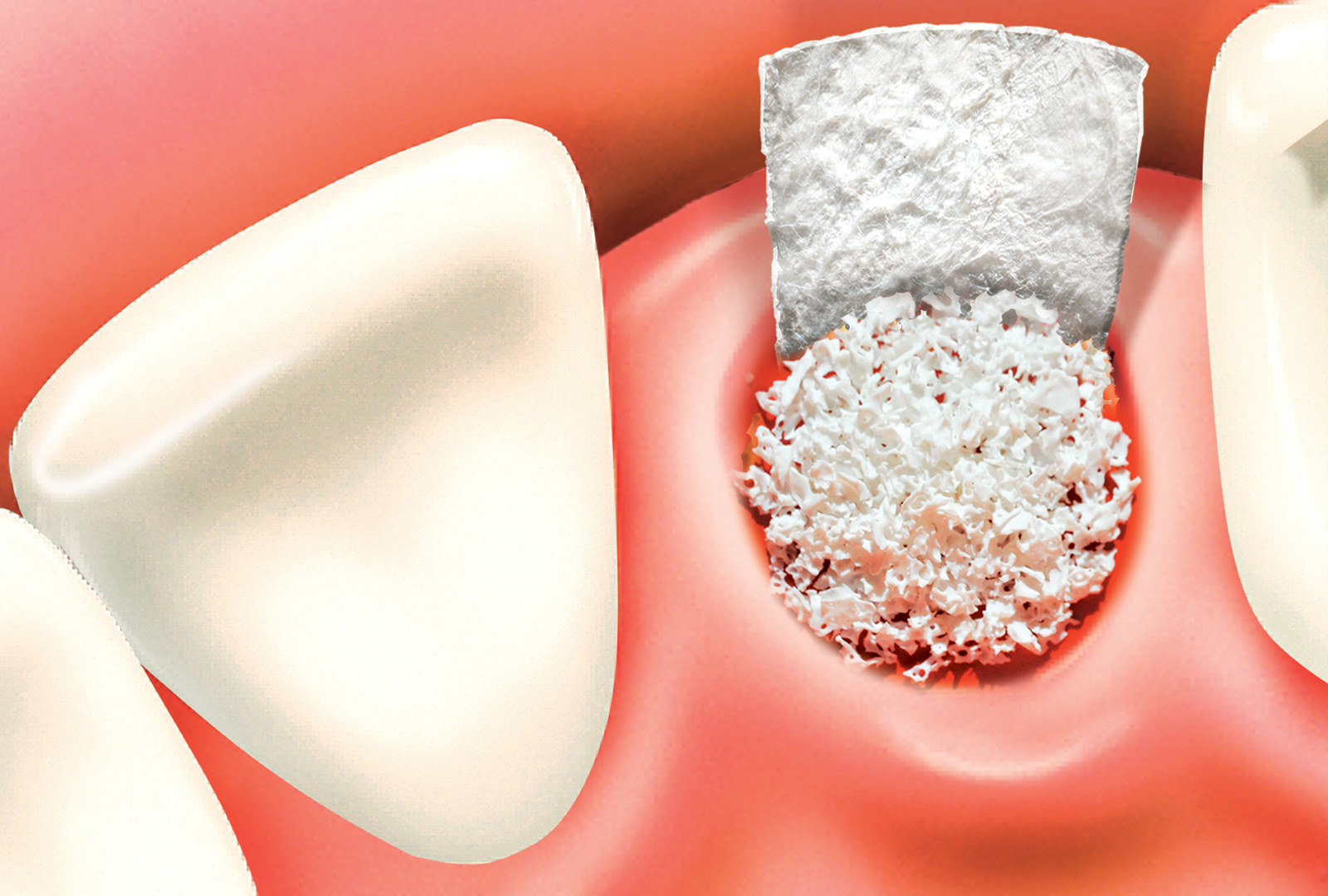-
Sinus Lifting
For patients with bone deficiency, implant treatment can be applied with special techniques. This method is successfully supported by procedures such as bone grafting or sinus lifting.
-
Bone Strengthening
In case of bone insufficiency, bone strengthening procedures are performed prior to implant treatment. This ensures the long-term success and stability of the implant.
How is Implant Treatment Performed in Bone Insufficiency?
The success of dental implants depends on the adequate density and volume of the jawbone where the implant will be placed. If the jawbone is not thick or strong enough, it is difficult for the implant to integrate with the bone and remain firmly in place. Bone graft implant treatment overcomes these deficiencies and provides better fixation of the implant in the bone. This increases the long-term success of the treatment.
Implant Solutions for Bone Insufficiency
Specially developed for patients with bone deficiency, implant treatments allow you to safely replace your missing teeth. With this method, bone strengthening procedures are applied to create strong and permanent implants.


